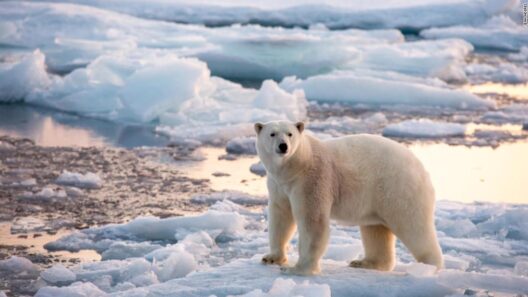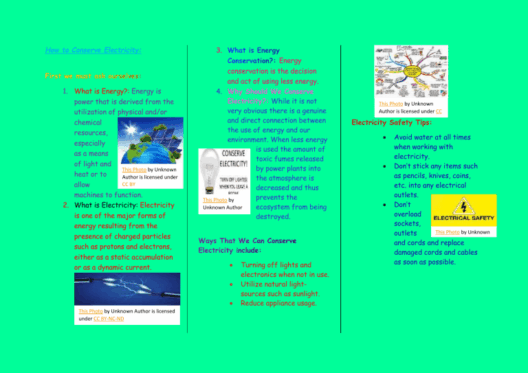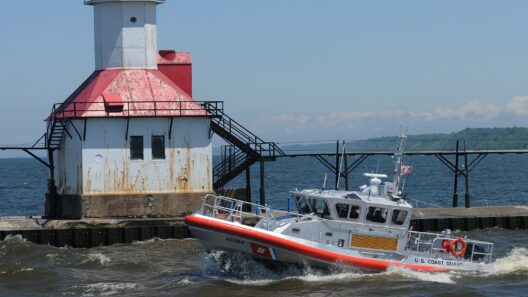The hydrologic cycle, or the water cycle, is a fundamental natural process that dictates the distribution and movement of water across the planet. This intricate network encompasses the evaporation of water, its condensation into clouds, precipitation, and the eventual return of water to the oceans, rivers, and lakes. However, amidst the intricacies of this seemingly harmonious system lies a disquieting reality: global warming is exerting unprecedented pressures on our water systems. The grip of climate change is tightening, leading to a cascade of complications that ripple through our ecosystems, agriculture, and urban environments.
Climate change, driven primarily by anthropogenic activities such as fossil fuel combustion, deforestation, and industrial processes, has led to a conspicuous increase in global temperatures. This alteration in the Earth’s thermal dynamics has profound implications for the hydrologic cycle. With rising temperatures, evaporation rates are accelerating, causing more water to be drawn from reservoirs, rivers, and lakes into the atmosphere. This increased rate of evaporation can lead to drought conditions, which can devastate agricultural yields and strain water supplies in regions already facing scarcity.
As the climate warms, we also observe a change in precipitation patterns. The spatial and temporal distribution of rain and snowfall is becoming increasingly erratic. Some regions are experiencing excessive rainfall and flooding, while others languish under the grip of prolonged droughts. This disparity is not merely a matter of inconvenience but signals a concerning shift in hydrological equilibrium. The more intense storms that have become more common are not only devastating local ecosystems but also overwhelming urban infrastructure designed to manage standard precipitation levels. The consequences are often catastrophic, leading to increased incidences of flood damage and loss of life.
Another aspect of the hydrologic cycle that is being significantly affected by climate change is the melting of glaciers and polar ice caps. Glaciers serve as critical freshwater reservoirs for millions of people globally. As global temperatures continue to rise, these ice formations are retreating at alarming rates, contributing to rising sea levels and threatening coastal communities. Additionally, the loss of glacial meltwater disrupts the seasonal flow of rivers that depend on this runoff, leading to water shortages in downstream regions during the dry season. In areas where agriculture is heavily reliant on this predictable water source, the implications can be dire, undermining food security and economic stability.
Furthermore, the warming atmosphere carries increased moisture, which affects the frequency and intensity of precipitation events. This phenomenon, characterized by the capacity of warmer air to hold more water vapor, results in extreme weather patterns where flooding can occur in short bursts, overwhelming drainage systems and leading to widespread infrastructural damage. The management of stormwater runoff becomes increasingly complex as urbanization continues to exacerbate these challenges, necessitating innovative approaches to water management and infrastructure design.
In addition to changes in precipitation and evaporation, the aquatic ecosystems themselves are witnessing pronounced shifts due to rising water temperatures. Water temperatures influence the metabolic rates of aquatic organisms, which can disrupt food webs and alter species composition in rivers, lakes, and oceans. Warmer waters can lead to the proliferation of harmful algal blooms, further degrading water quality and posing threats to both human and ecological health. These blooms can deplete oxygen in the water and release toxins that are detrimental to marine life and human populations relying on these waters for sustenance and recreation.
Additionally, the interplay between water scarcity and water quality is becoming more pronounced as climate change disrupts the hydrologic cycle. Increased temperatures and altered precipitation patterns can compromise the natural filtration processes of wetlands and river systems. As pollutants and sediments find their way into water bodies, the burden of treating contaminated water becomes a pressing concern for municipalities. Communities often face the difficult choice of either allocating more resources for water treatment facilities or facing the public health crises that accompany poor water quality.
The implications of the changing hydrologic cycle extend beyond the immediate environmental impacts; they also intersect with socio-political dimensions. Water scarcity and variability can exacerbate existing inequalities, igniting tensions between communities and countries vying for limited water resources. The potential for conflict over water access and rights is a pressing concern for policymakers, necessitating collaborative international efforts to manage transboundary water resources. Integrated water resource management becomes paramount, ensuring that policies account for climatic changes and promote sustainable practices.
In summation, the hydrologic cycle is feeling the pressures of global warming as it undergoes rapid transformations affecting distribution, quality, and availability of water. This intricate system, essential to life on Earth, is becoming a source of headaches for communities, ecosystems, and policymakers alike. Urgent action is needed to mitigate the impacts of climate change on our water systems. Solutions lie in promoting water conservation, investing in resilient infrastructure, and fostering collaborative governance to adapt to the complexities introduced by our changing climate. Without dedicated efforts, the balance of the hydrologic cycle may tip further towards crisis, making this an urgent priority for all who inhabit the Earth.







